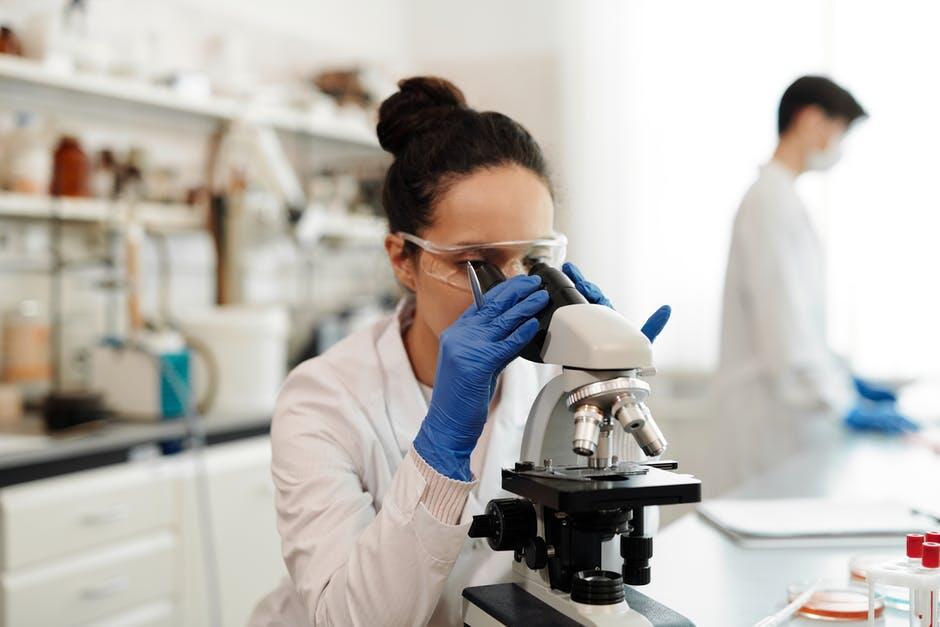In recent years, the accessibility and popularity of genetic testing have skyrocketed, leading to a growing interest in DNA testing for siblings. Whether for personal, medical, or legal reasons, understanding the intricacies of these tests is crucial.
This article aims to provide a comprehensive yet easy-to-read guide on sibling DNA tests, covering the basics, types, purposes, accuracy, and what you should know before undergoing one.
What is DNA Testing for Siblings?
DNA testing for siblings determines whether two or more individuals share one or both biological parents. These tests analyze specific markers in the DNA to establish genetic relationships. A paternity or maternity test, which directly compares a child’s DNA to that of a parent, is different from how a sibling DNA test works, which compares the DNA of two or more siblings.
Types of Sibling DNA Tests
There are several types of sibling DNA tests, each with advantages and limitations. Here are three important ones to know.
Full Sibling vs. Half Sibling Test
A full-sibling DNA test determines if two people have the same biological parents, while a half-sibling DNA test checks if they share one parent. These tests come in handy when parents can’t be tested. Full siblings share around 50% of their DNA, while half-siblings share about 25%. Yet, this percentage can differ based on each person’s genetics.
Y Chromosome and Mitochondrial DNA Testing
Y-chromosome testing checks if two people are related through a shared male ancestor. This test compares the Y chromosome passed from father to son. Though it doesn’t confirm direct sibling ties, it indicates shared paternal ancestry. On the flip side, mitochondrial DNA testing traces maternal lineage by comparing the DNA passed from mothers to their children.
Autosomal Testing
Autosomal DNA testing checks if two or more people share a common ancestor, no matter the gender. It’s handy for figuring out connections between cousins, aunts, uncles, and distant relatives. Instead of focusing on specific markers, this test looks at the whole genome.
Purposes of Sibling DNA Tests
The purpose of sibling DNA testing is to determine the likelihood of two individuals being biologically related as siblings. This test can be useful in cases where there may be doubt about the biological relationship between two individuals who share a common parent or if one person is unsure about their biological sibling.
Personal Reasons
Many individuals seek sibling DNA tests for personal reasons, such as confirming biological relationships within blended families, uncovering unknown family connections, or satisfying personal curiosity about genetic ties.
Medical Reasons
Genetic information from sibling DNA tests can be vital for medical reasons. Knowing one’s genetic background can aid in understanding potential hereditary health risks, providing valuable information for preventive healthcare and early intervention strategies.
Legal Reasons
Courts often require sibling DNA tests. This happens in legal cases, like immigration, inheritance, and custody battles. The tests provide strong evidence. They can establish or disprove family ties. This evidence can be crucial in court.
The Process of DNA Testing for Siblings
DNA testing for siblings involves several steps. They can be done in a variety of ways.
Sample Collection
The first step in sibling DNA testing is sample collection. The most common method is a buccal swab, where a cotton swab is rubbed inside the cheek to collect cells. This process is quick, painless, and can be done at home or in a clinical setting.
Laboratory Analysis
Once the samples are collected, they are sent to a laboratory for analysis. The lab technicians extract DNA from the cells and analyze specific genetic markers. These markers are then compared to determine the likelihood of a sibling relationship.
Results Interpretation
The results of sibling DNA tests are usually presented as a probability percentage. A higher percentage indicates a higher likelihood of a sibling relationship. For instance, a 99% or higher probability confirms the relationship. Lower percentages show uncertainty or no relationship.
Accuracy and Reliability of Sibling DNA Tests
The accuracy of sibling DNA tests has a very high accuracy rate, typically ranging from 99% to 99.9%. This is because the genetic markers in these tests are very specific. They can accurately show family relationships.
Factors Affecting Accuracy
Several factors can affect sibling DNA test accuracy. These include the number of genetic markers tested, shared or unique genetic traits, and the sibling genetics testing methods used. Full-sibling tests are generally more accurate than half-sibling tests due to the higher number of shared markers.
Choosing a Reputable Testing Company
To ensure reliable results, you must choose a reputable DNA testing company. Look for companies accredited by respected organizations. These include the American Association of Blood Banks (AABB).
They also include the International Organization for Standardization (ISO). Reading customer reviews can help. Checking the company’s history and expertise can also help. They are key to making an informed decision.
Ethical and Privacy Considerations
Before proceeding with a DNA test, it is important to consider the ethical and privacy implications. These considerations include informed consent, privacy and data security, and emotional impact.
Informed Consent
Before undergoing a sibling DNA test, you must obtain informed consent from all parties involved. This means everyone being tested should understand the test’s purpose. They should also know the process and the potential effects of the results.
Privacy and Data Security
Protecting the privacy and security of genetic information is paramount. Reputable testing companies should have strong data protection policies. They ensure your genetic data is stored securely and not shared without consent.
Emotional Impact
The results of sibling DNA tests can have significant emotional implications. It’s important to be prepared for all possible outcomes and to consider the impact on family dynamics. Seeking support from a genetic counselor or therapist may be beneficial in processing the results.
Understanding the Ins and Outs of DNA Testing for Siblings
Understanding DNA testing for siblings is crucial. It helps with making informed decisions about genetic relationships. People get sibling DNA tests out of personal curiosity, medical need, or legal requirements. These tests offer valuable insights into family connections.
If you are looking for other articles like this, please visit the rest of our website today.




Be First to Comment